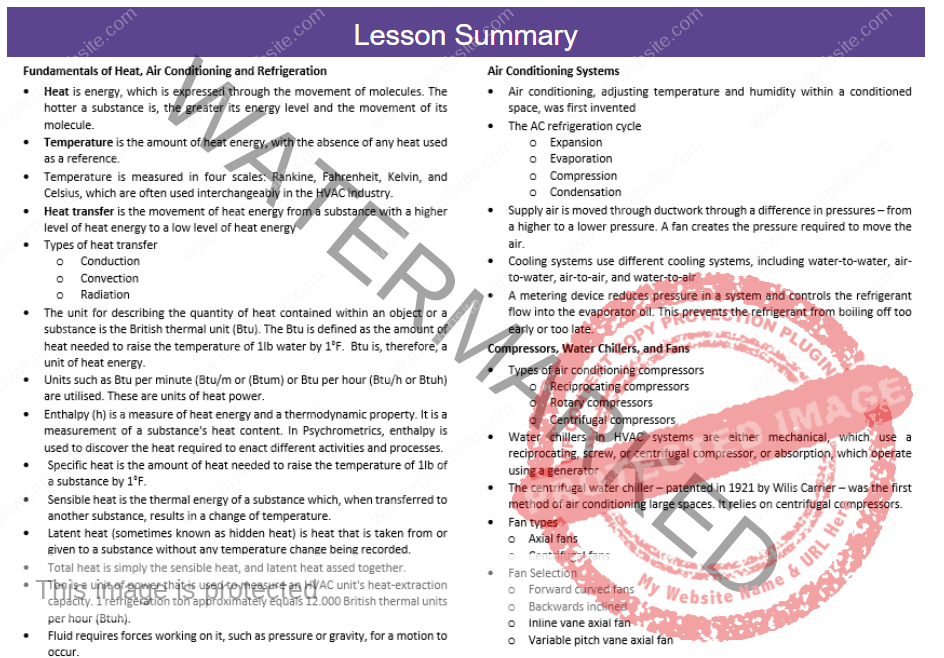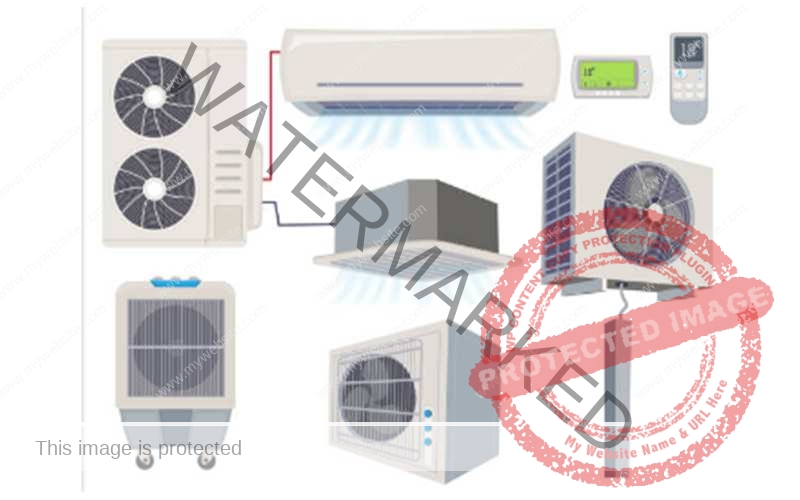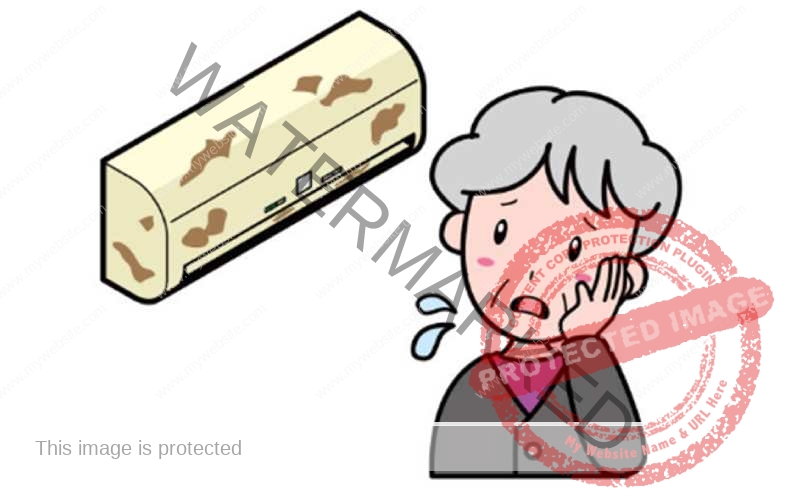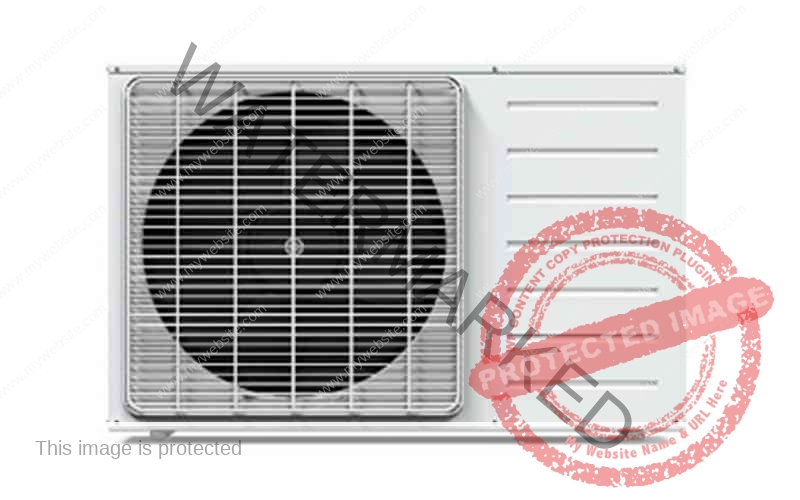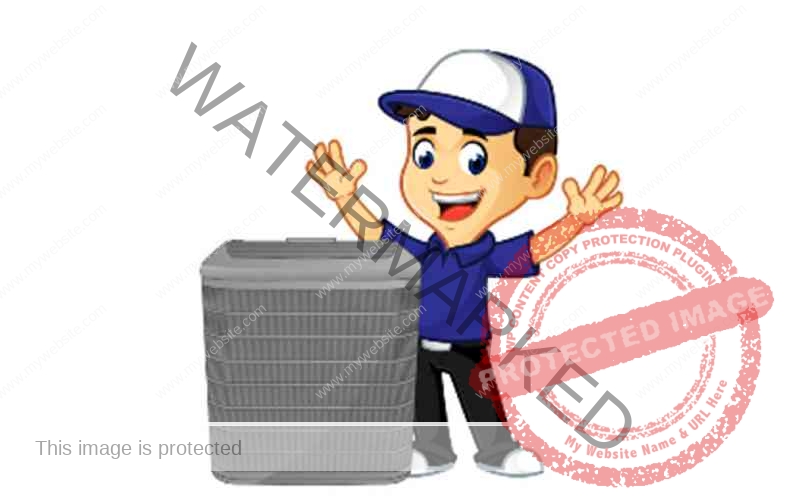
Aircon Troubleshooting
June 30, 2023
Aircon Servicing Packages
June 30, 2023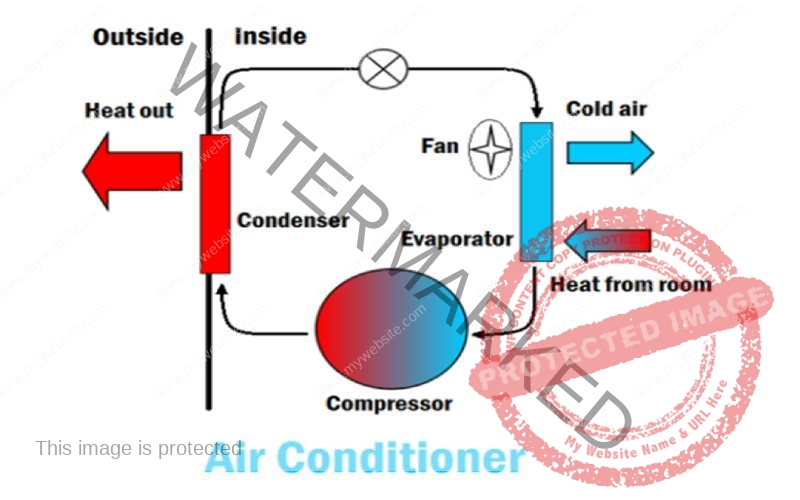
Fundamentals of Air Conditioning (AC) System
Air conditioning is the process in adjusting an ideal temperature, relative humidity and air purity within a conditioned space.
The four stages of the AC refrigeration cycle are expansion, evaporation, compression and condensation.
Expansion Valves
The expansion valves are found on the liquid line, from the condenser to the evaporator inlet, in the AC system. It regulates the pressure drop in the AC system and allows only a minute amount of refrigerant fluid to flow into the evaporator coil at a time, allowing the liquid to expand into vapour, resulting in significant drop in temperature. AC expansion valves are to maintain evaporator pressure and to keep the air cool.
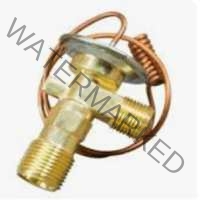
In a clogged expansion valve, it will lead to too little refrigerant, increasing the pressure in the system and causing the AC compressor to overheat. The AC system begins to blow less cold than before and may even begin to blow warm air.
A bad expansion valve will cause your AC to make clanging or banging noises that worsen over time.
To check the functionality of a AC expansion valve, we can raise the temperature of the sensing bulb to determine if the expansion valve is activating.
AC experts need to be called in to do an air condition diagnosis to evaluate the air condition functionality.
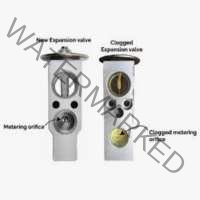
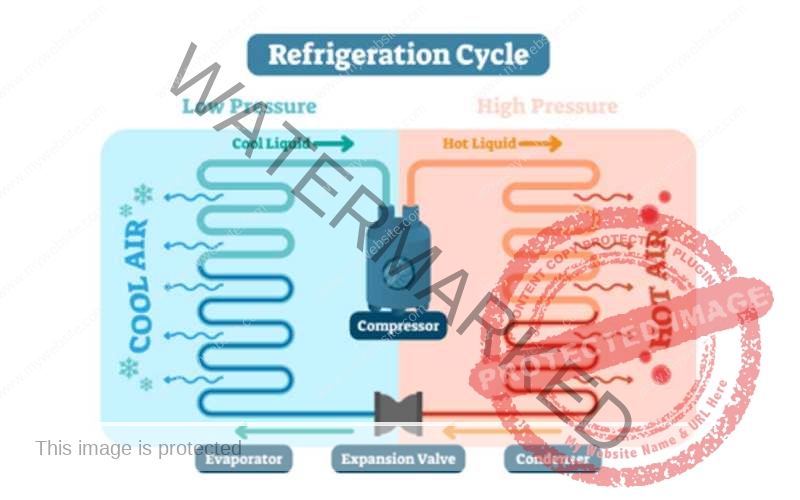
Air Conditioning Evaporator
Aircon evaporator coil has series of metal tubes that have fins attached to them. At this stage, the inflow refrigerant is a high-pressure liquid and has a consistency of 80% liquid and 20% vapour. When the refrigerant goes over the evaporator coil, it is converted from liquid to a gas.
The AC evaporator coil is the component of the air conditioner that absorbs the indoor air heat and moisture and expose it to the refrigerant circulating through the copper tubes of the AC fan coil.
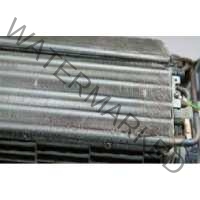
Evaporator converts the liquid form of the refrigerant into gas. As the coolant travels along the coils, it absorbs heat from the indoor hot air. Once the refrigerant inside the coil is completely transformed into a state of vapour, it performs a complete cycle, returning once more to the compressor and through the condenser where it is transformed back to its original consistency of 80% liquid and 20% vapour.
Split system air conditioning unit contains a closed-loop refrigerant system that contains coolant. Refrigerants are high heat absorbing chemicals that continuously change its state under pressure from vapour to liquid and back again.
For an air conditioner that is running efficiently, the refrigerant vapour is about 40 degrees Fahrenheit or 4.5 degrees Celsius. If the evaporator coils get cooler than this, it can freeze and continue to build up ice. The most common reason for frozen evaporator coils is insufficient airflow which can be caused by clogged or dirty air filter, backed-up drain clogs, low fan speed, low refrigerant levels, leaks or a dirty evaporator coil.
In a dirty AC coil, we could see a thick layer of dirt and dust on the evaporator coil. There could be frost on the coils, ineffective cooling, higher indoor humidity, longer operation of the AC and unusually high electrical bills.
Air Conditioning Compressor
AC compressor works by changing the refrigerant from a cool, low-pressure liquid into a hot, high-pressure gas.
When refrigerant is in low-pressure state at the evaporator coil, the refrigerant is cool and causes evaporation when it meets indoor hot air, which cools the air and lowers the temperature. As the refrigerant leaves the evaporator towards the compressor, the AC compressor compresses the refrigerant vapour which increases its pressure and turns it into a hot gas.
Gasses are compressible as most of the volume of a gas is composed of large amounts of empty space between the gas particles. The average distance between gas molecules is about 10 times the diameter of the molecules themselves.
To keep cooling efficiently, the refrigerant vapour has to convert back to liquid again. AC compressor compresses the gas and puts the vapour under high pressure. The temperature rises and the hot refrigerant gas then flows to the condenser.
The cooling/condensing of the hot gas is achieved by drawing outdoor air through the condensing coil using a fan, which leaves as hot air. As the refrigerant gas cools, it turns into a liquid state and the compressor pumps towards the evaporator. At his point, the refrigerant passes through an expansion valve which lowers the pressure of the refrigerant and causes evaporation which then cools the the air.
Separately, compressed air can be used as an energy source often used to power pneumatic machinery such as drills and grinders.
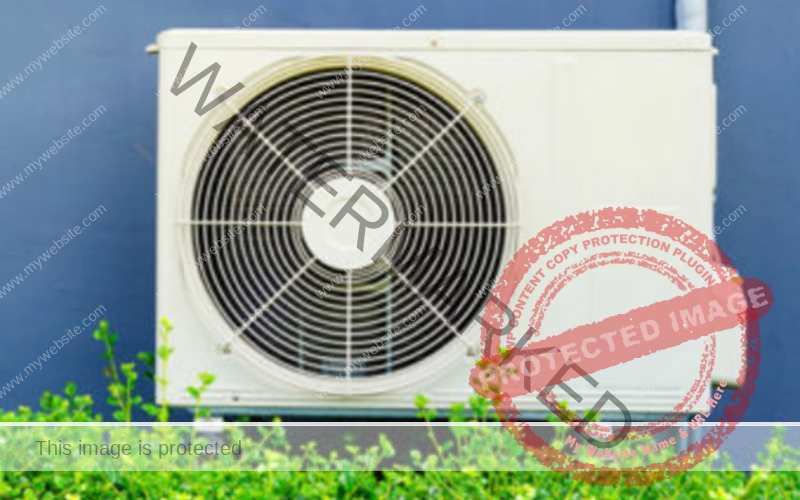
For any faulty compressor, it is best to contact your AC technician for compressor troubleshooting. The odourless, tasteless and invisible refrigerant gas can be harmful to us when inhale too much.
Air Conditioning Condenser
An AC condenser is a device that turns gas into a liquid using pressure. Lots of household appliances use condensers such as refrigerators, heating and cooling systems.
For the AC condenser, it receives the high-pressure gas from the compressor and convert/ condense the refrigerant vapour to liquid, giving off heat in the process. The fan in the condenser cools the heat and once the refrigerant temperature drops below its saturation temperature, it will then turn back into a liquid. This is made possible by heat transfer whereby heat moves from warmer to cooler substances.
After condensing, the refrigerant is a high-pressure, low-temperature liquid. The hot refrigerant, freon gas, then flows through the AC expansion valve which causes it to cool, resulting in low-pressure freon gas, until it evaporates.
The common condenser unit problems are dirty coils, leaking coolant, bent fins, fan problems, debris stuck inside the condenser unit or blocked airflow. A bad AC condenser could have signs such as loud or abnormal noises coming from the unit, significantly reduced cooling capability from the unit.
Any sweating ducts and drips from AC pipes are indications of excess condensation. Aircon sweating occurs when the air temperature is below the dew point temperature, when humid air in the home makes contact with the cold surface of the ducted aircon.
In summary, excessive amounts of condensation could be caused by
- Dirty air filters
- Blocked airflow
- Excess humidity
- Damaged or poor insulation
Summary of
Air Conditioning System
